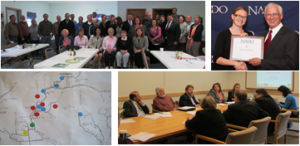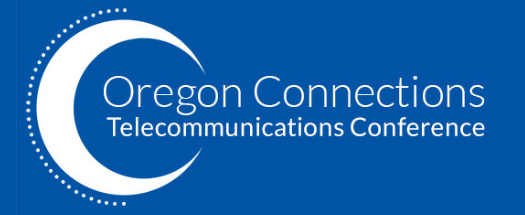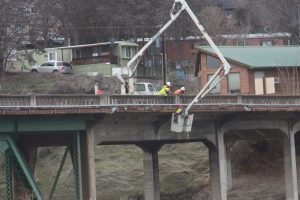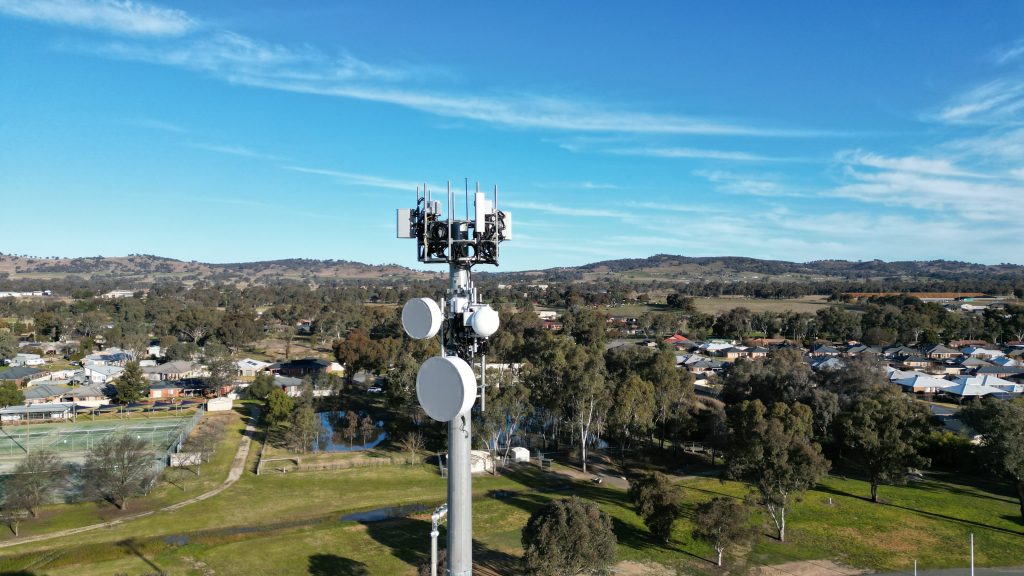2020’s National & State Funded Expansion
In 2023 both Oregon and Washington Broadband Offices have released their initial Proposals of the Broadband Equity, Access and Deployment (BEAD) Program.
- The Oregon Broadband Office’s Initial Proposal Volume 1 (IP Vol 1) of the Broadband Equity, Access, and Deployment (BEAD) program was released for public comment on September 20, 2023 for 30 days.
- Washington’s Digital Equity Plan was released for open public comment on September 1, 2023 for 60 days.
Since 2021, Federal and State governments have recognized that building broadband capacity is required to enhance economic opportunities and support more resilient and networked communities. Federal funding to the states has been prioritized with the Infrastructure Funding Act, NTIAA, and BEAD Programs. The funding has two separate goals, to build out infrastructure and to provide digital equity throughout all communities. Due to the Mid Columbia’s region’s bistate area, MCEDD is participating in both Oregon and Washington efforts. Current Broadband Action revolves around compiling an accurate Broadband map that will guide the federal funding to be distributed by each state’s Broadband Office for local build-out of infrastructure.
 In Washington, the State Broadband Office has access and speed goals outlined in its forming legislation and coordinates with other state and federal programs. There are resources for planning, grant application development, and more!
In Washington, the State Broadband Office has access and speed goals outlined in its forming legislation and coordinates with other state and federal programs. There are resources for planning, grant application development, and more!
 In 2023, the State Broadband Office partnered with WSU to collect the information needed from the local level, statewide. In the Mid-Columbia Region, WSU is working with MCEDD to coordinate Klickitat and Skamania County Broadband Action Teams (called BATS) to assist with the data collection. Washington’s speed test can be accessed here.
In 2023, the State Broadband Office partnered with WSU to collect the information needed from the local level, statewide. In the Mid-Columbia Region, WSU is working with MCEDD to coordinate Klickitat and Skamania County Broadband Action Teams (called BATS) to assist with the data collection. Washington’s speed test can be accessed here.
 In Oregon, The Oregon State Broadband Office works to promote access to broadband for all Oregonians. This office is developing resources for the planning and infrastructure programs that will utilize the federal funding that will be allocated over the next five years. Faster Internet Oregon is a partnership that MCEDD participates in to support speed test mapping in Oregon to ensure that communities can plan for broadband projects. Oregonians can take the speed test here!
In Oregon, The Oregon State Broadband Office works to promote access to broadband for all Oregonians. This office is developing resources for the planning and infrastructure programs that will utilize the federal funding that will be allocated over the next five years. Faster Internet Oregon is a partnership that MCEDD participates in to support speed test mapping in Oregon to ensure that communities can plan for broadband projects. Oregonians can take the speed test here!
Federal Resources
![]() Check out the National Broadband Map for information on who reports serving your location. You can review your location and report incorrect information on the map!
Check out the National Broadband Map for information on who reports serving your location. You can review your location and report incorrect information on the map!
 The FCC‘s Affordable Connectivity Program supports a $30/month discount on your internet service bill as well as one time support for a device for those who qualify. Check out information and apply on their website. Local providers may offer a similar discount.
The FCC‘s Affordable Connectivity Program supports a $30/month discount on your internet service bill as well as one time support for a device for those who qualify. Check out information and apply on their website. Local providers may offer a similar discount.
Historic Overview of Broadband Development
Effective networks are critical to resiliency, access to services for residents and businesses, and a key component to our comprehensive regional economic development strategy. To support addressing un-and underserved areas of our region, MCEDD coordinates the Gorge Broadband Consortium.
 This group of local governments, internet service providers, and community advocates works to ensure that residents and businesses will have the broadband access and skills to take advantage of the resources, services, and markets available on the internet today. If you are interested in participating, please get in touch with Carrie Pipinich.
This group of local governments, internet service providers, and community advocates works to ensure that residents and businesses will have the broadband access and skills to take advantage of the resources, services, and markets available on the internet today. If you are interested in participating, please get in touch with Carrie Pipinich.
 At the statewide level, the Oregon Connections Telecommunications Conference draws attendees from all regions of the state to share ideas, experiences and knowledge about telecommunications.
At the statewide level, the Oregon Connections Telecommunications Conference draws attendees from all regions of the state to share ideas, experiences and knowledge about telecommunications.
Key Strategies to Economic Development
 Broadband is essential to providing economic opportunities throughout the Mid-Columbia region. The region’s rural nature and challenging and diverse terrain make building broadband infrastructure extremely costly and nearly impossible for private sector investment alone to meet needs.
Broadband is essential to providing economic opportunities throughout the Mid-Columbia region. The region’s rural nature and challenging and diverse terrain make building broadband infrastructure extremely costly and nearly impossible for private sector investment alone to meet needs.
Improving broadband connection in the region is complex and has to occur at several levels. Building infrastructure redundancy that connects east/west and north/south enables more reliable broadband connections throughout the region in the event of an outage, cable-cut, or natural disaster. This redundancy is a necessary condition for businesses interested in locating or growing in the region.
levels. Building infrastructure redundancy that connects east/west and north/south enables more reliable broadband connections throughout the region in the event of an outage, cable-cut, or natural disaster. This redundancy is a necessary condition for businesses interested in locating or growing in the region.
Increasing speeds and decreasing latency in connections is necessary to support industry growth in the technology sector as well as improved telemedicine, distance-learning capabilities, and many other applications for businesses and communities.
 Reaching key tower sites and facilities increases service for public safety communications and will provide opportunities for private internet and cellular carriers to build upon the backbone investment and allow for additional connectivity.
Reaching key tower sites and facilities increases service for public safety communications and will provide opportunities for private internet and cellular carriers to build upon the backbone investment and allow for additional connectivity.
 Addressing un/under-served areas will increase internet access for homes as well as businesses and key community anchor institutions. Enhanced broadband provides connection to education and training opportunities for the growth of a skilled and talented workforce, right from home. Home will become a viable choice for many residents who require internet access to manage their work or businesses at their residences. Expanded access will relieve real estate market pressure for homes that have adequate broadband access.
Addressing un/under-served areas will increase internet access for homes as well as businesses and key community anchor institutions. Enhanced broadband provides connection to education and training opportunities for the growth of a skilled and talented workforce, right from home. Home will become a viable choice for many residents who require internet access to manage their work or businesses at their residences. Expanded access will relieve real estate market pressure for homes that have adequate broadband access.
